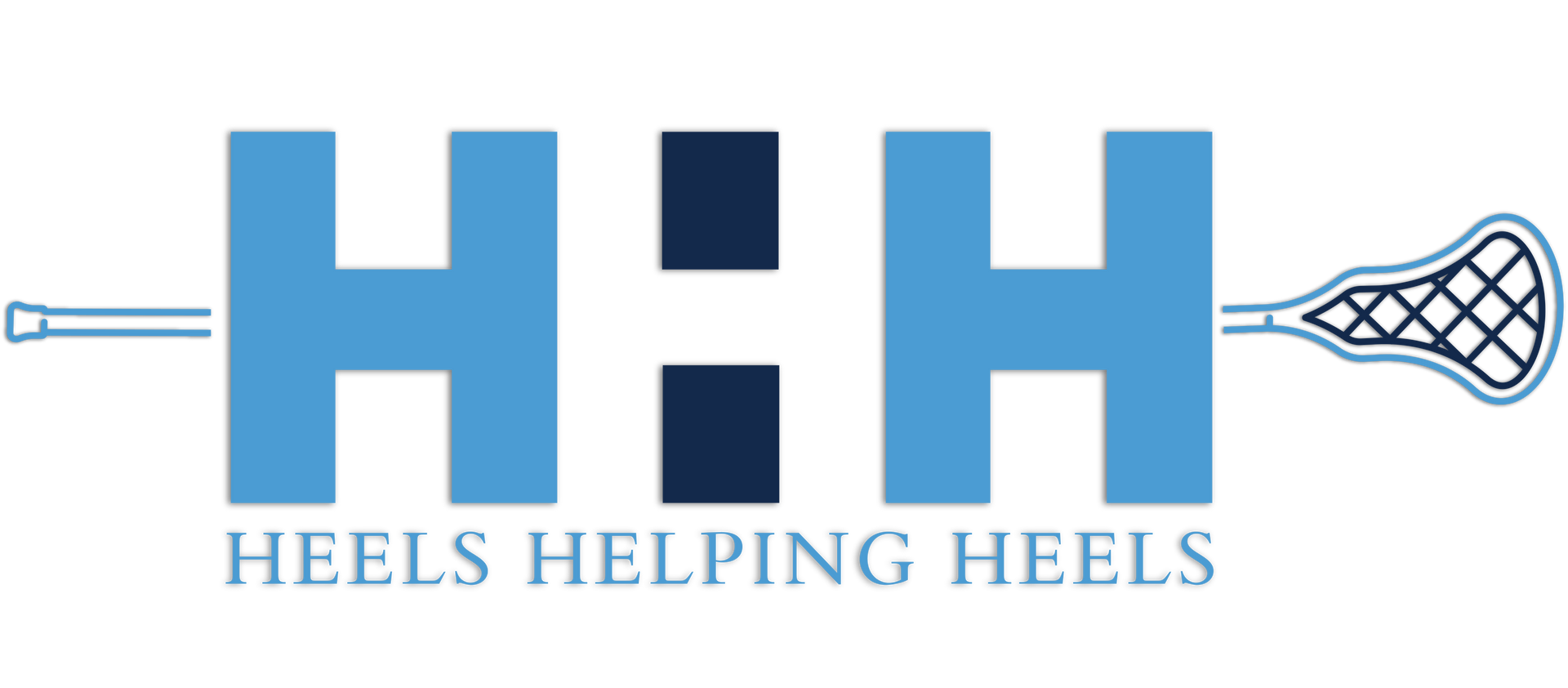LINKEDIN PROFILE
Using our guide to craft your LinkedIn profile can significantly enhance your professional online presence. The guide offers detailed instructions on how to effectively showcase your skills, experiences, and accomplishments, helping you stand out to potential employers and networking contacts. It includes tips on choosing the right profile photo, crafting a compelling summary, and articulating your professional experiences in a way that resonates with your industry’s needs. By following our step-by-step approach, you'll be able to create a LinkedIn profile that not only reflects your professional brand but also increases your visibility and attractiveness to recruiters
Profile Photo
- Choose a professional, high-resolution headshot.
- Ensure the background is neutral and non-distracting.
Tip: Opt for a professional headshot with good lighting. Smile to make your profile more approachable.
Background Cover Photo
- Select an image that relates to your profession or conveys your professional identity.
- Make sure it is the correct size (1584 x 396 pixels) and not pixelated.
Tip: Choose an image that reflects your professional identity or industry. Keep it simple and professional.
Headline
- Clearly state your current position or primary professional identity.
- Include keywords relevant to your industry for better visibility.
Tip: Use your headline to showcase your specialty or value proposition. Include industry-specific keywords for SEO benefits
Summary
- Write a compelling narrative of your professional journey in the first person.
- Highlight your skills, experiences, and what differentiates you.
Tip: Tell your story in a concise way, focusing on your achievements, skills, and what makes you unique. Use short paragraphs and bullet points for readability.
Experience Section
- List your current and past positions, starting with the most recent.
- Include concise descriptions of your roles, responsibilities, and accomplishments.
- Use bullet points for clarity and quantifiable results when possible.
Tip: Be specific about what you accomplished in each role. Use action verbs and include measurable outcomes to demonstrate impact
Education
- Add all relevant degrees and certifications.
- Include honors and awards related to your educational achievements.
Tip: Don’t just list your degrees. Also mention any special coursework, extracurricular involvement, or honors that relate to your professional goals.
Skills
- List skills that are pertinent to your career goals.
- Regularly update and reorder your skills to keep the most relevant ones at the top.
Tip: Update your skills regularly and endorse others to encourage reciprocation. Prioritize skills that are most relevant to your career aspirations.
Recommendations
- Request recommendations from colleagues, clients, and supervisors.
- Offer to write recommendations for others as a goodwill gesture
Tip: Personalize your requests for recommendations. Remind your connection how you worked together to increase the chances of receiving a detailed recommendation.
Accomplishments
- Include sections for publications, patents, projects, honors, and awards.
- Add any professional courses, seminars, workshops, and conferences you’ve attended.
Tip: Use this section to differentiate yourself by listing additional qualifications such as languages, patents, or publications.
License and Certifications
- Include any professional certifications that enhance your credibility in your field.
Tip: Include any credentials that enhance your professional standing. Provide details like the issuing organization and the expiration date, if applicable.
Volunteer Experience
- List any relevant volunteer work that showcases your involvement and commitment to community.
Tip: Showcase your broader interests and commitment to community. This can be particularly appealing to companies that value corporate social responsibility.
Interests
- Follow organizations and leaders that are influential in your industry.
- Engage with content related to your professional interests.
Tip: Follow leaders, companies, and groups that align with your professional interests to stay informed and engaged with industry trends.
Customize Your URL
- Personalize your LinkedIn URL to make it cleaner and more shareable (e.g., linkedin.com/in/yourname).
Tip: A personalized URL is easier to share and looks more professional on business cards and other materials.
Privacy Settings
- Review and adjust your privacy settings to control what others can see about your profile and activities.
Tip: Familiarize yourself with LinkedIn's privacy options to control what people see and who can see your connections.
Open to Job Opportunities
- Enable the "Open to Work" feature on your LinkedIn profile to discreetly let recruiters know you are open to job offers.
- Specify the types of roles you are interested in, preferred work locations, and whether you are open to remote work.
Tip: Utilize the 'Open To Work' feature to discreetly let recruiters know you are looking for new opportunities. You can specify the types of roles you are interested in and your preferred locations
